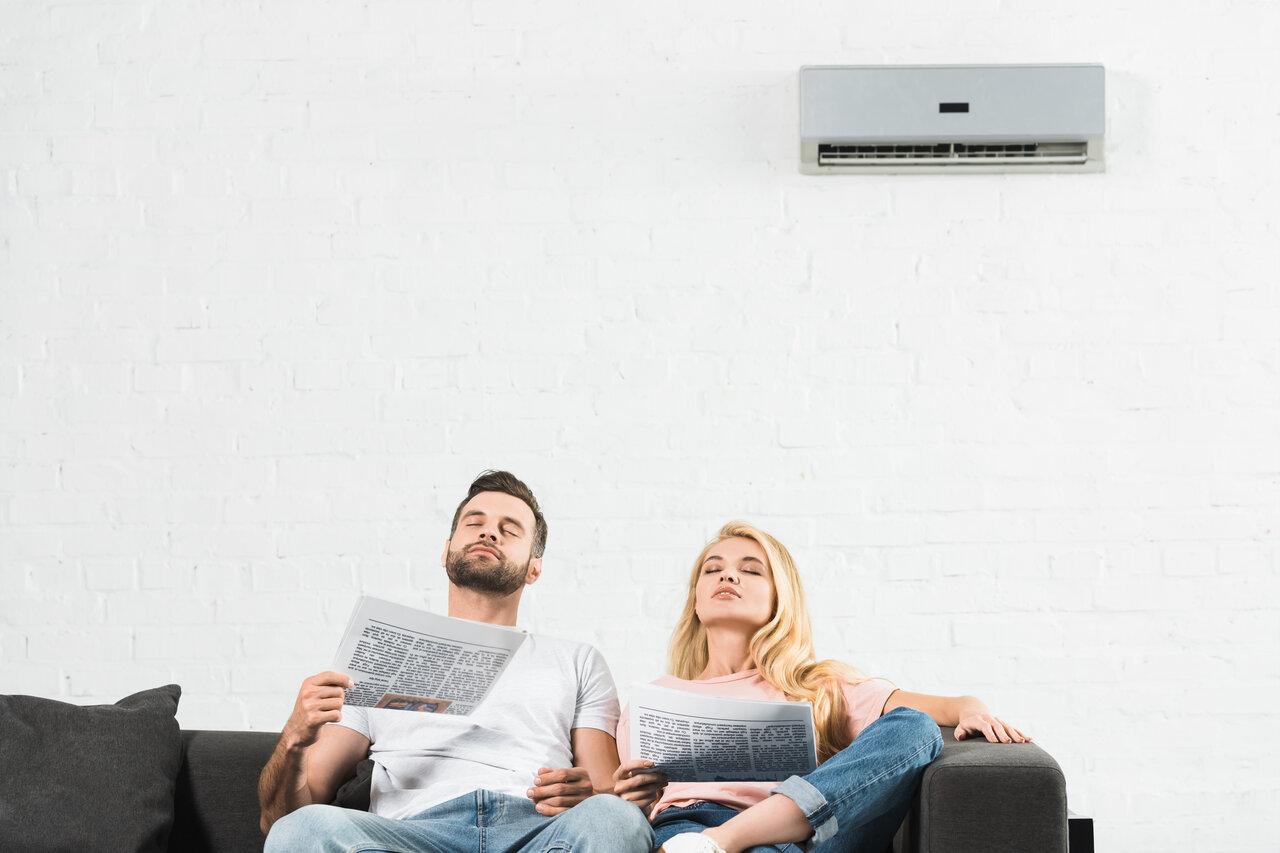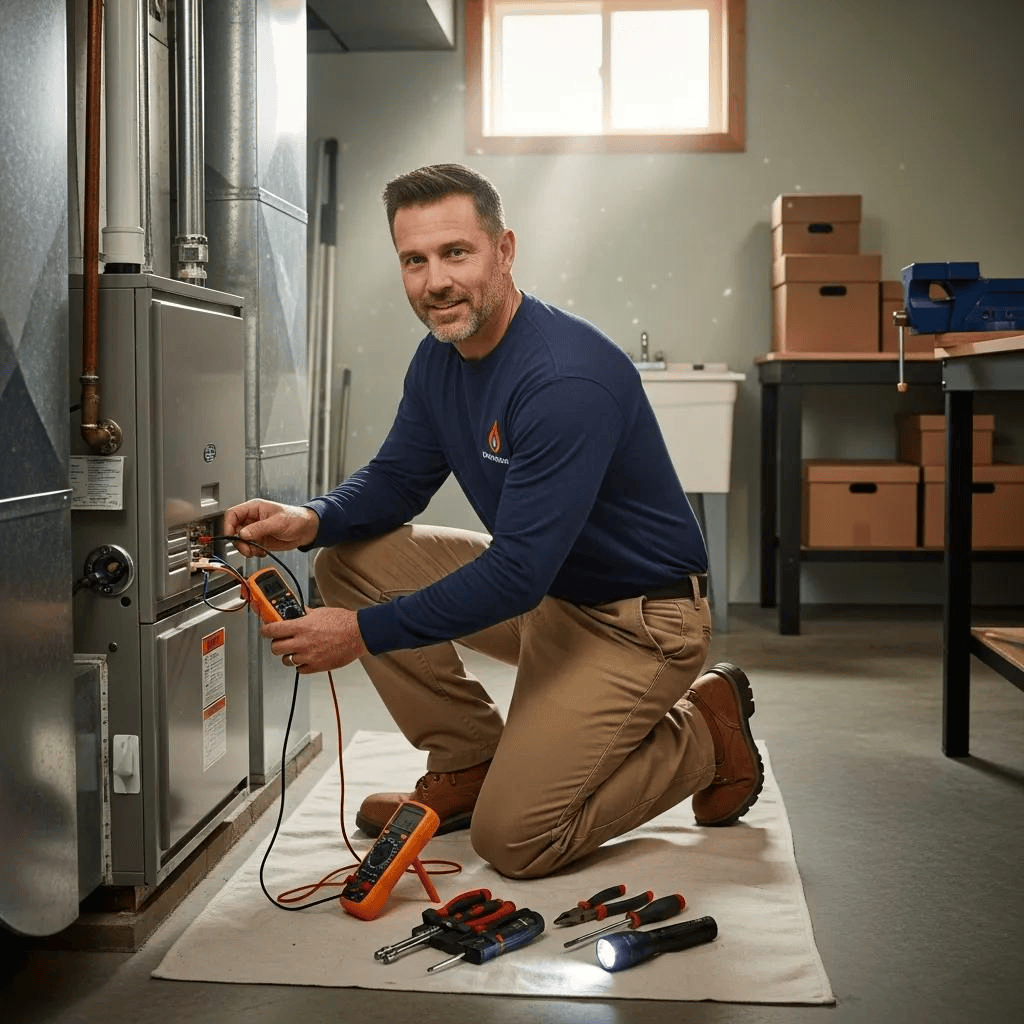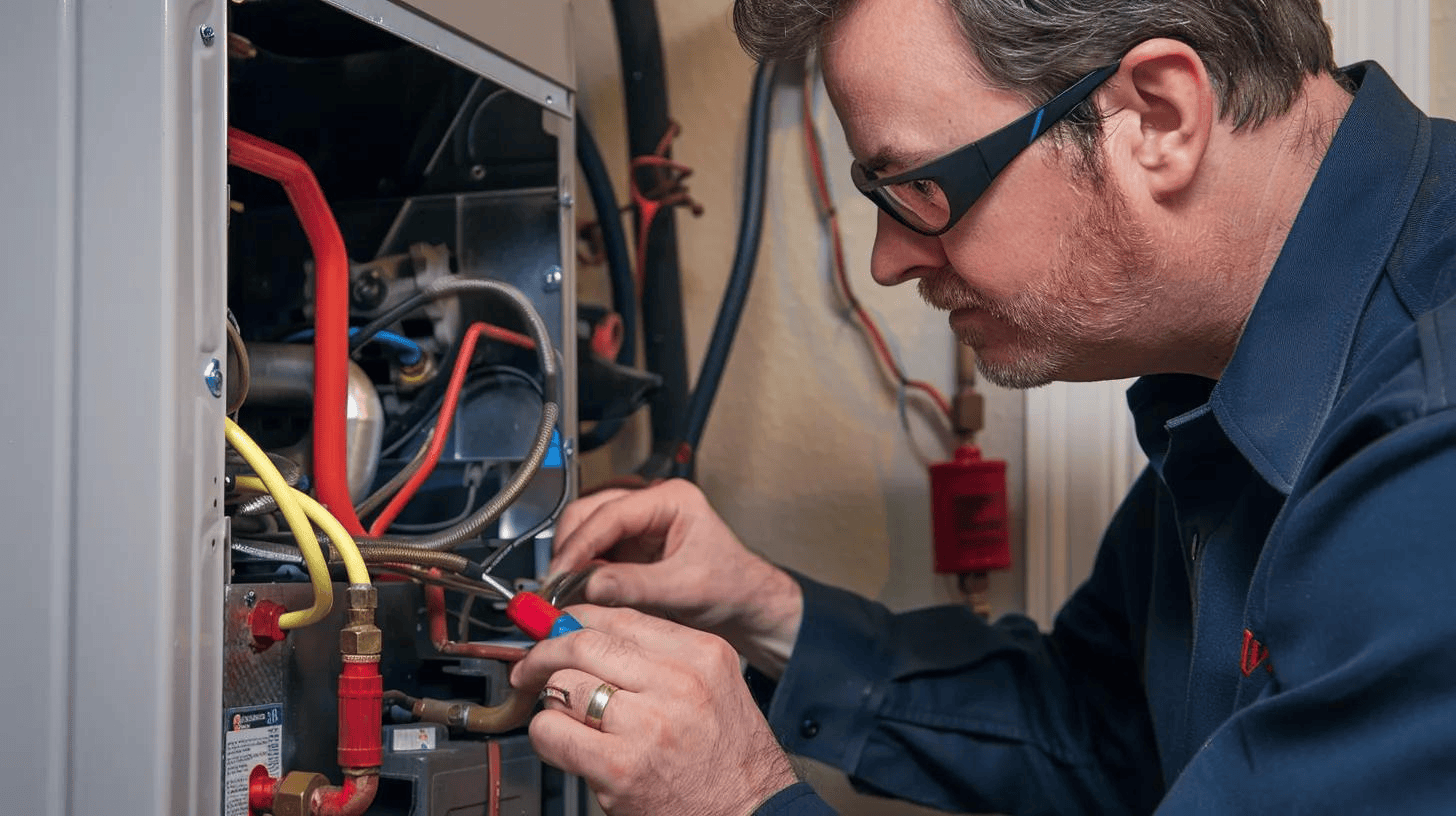
When your AC is running but the inside of your Phoenix home still feels sticky and muggy, it’s frustrating. Many homeowners expect their cooling system to remove not just heat, but moisture too. And when that doesn’t happen, it can make your living space uncomfortable, even when the temperature looks right on the thermostat.
High humidity indoors isn’t just a discomfort issue. It can cause bigger problems like warping of wood furniture, lingering odors, and even trouble sleeping. That sticky feeling can be a sign that your AC system isn’t doing its job the way it should, and that something is preventing proper moisture removal. In a hot, dry city like Phoenix, this may seem unexpected, but it’s more common than you might think.
Understanding Humidity and Its Causes
Humidity refers to the amount of moisture in the air. Ideally, your home's indoor humidity should stay within a range that prevents mold and keeps the air comfortable to breathe. When humidity is too high, it can feel warmer than the actual air temperature, making it harder to cool off even when the AC is blasting.
In Phoenix, outdoor humidity is usually low, but that doesn’t mean homes can't have humidity problems. Indoor moisture often comes from cooking, showering, or even minor water leaks. Combined with improper air circulation or insulation, this excess moisture can stay trapped inside your home.
Some of the most common reasons Phoenix homeowners experience high indoor humidity include:
- Frequent use of appliances like dishwashers, dryers, and ovens without proper ventilation
- Older windows that allow hot, damp air to enter through small gaps
- High occupancy homes producing more body moisture, especially in smaller spaces
- Water leaks from plumbing or roofing that go undetected
- Not using bathroom or kitchen exhaust fans during daily routines
Even when your air conditioning unit is on, these sources can generate more moisture than the system can manage, especially if it’s not functioning efficiently.
How AC Systems Manage Moisture
Most people think of an AC system strictly in terms of cooling, but part of its job is also controlling humidity. As air passes over the evaporator coil, the system cools it down. In the process, moisture from the air condenses on the coil and drains away. This helps drop both the temperature and the humidity inside the house.
However, when your home feels damp despite the AC running, there could be something interfering with this process. One common issue is that the system is too large for your home. While that may sound like a good thing, it’s not. An oversized unit will cool the air quickly, but it won’t run long enough to remove the humidity. Short cycling, where the system turns on and off too frequently, stops the moisture removal process before it finishes.
Other possible issues include:
- Clogged filters reducing airflow and making the coil too cold, which can lead to ice buildup instead of proper moisture removal
- Drain line problems that prevent condensed water from leaving the unit
- Dirty coils that can’t pull out moisture as efficiently
- Leaky ducts that allow humid air to re-enter the airflow before circulating through your home
Every part of the AC cycle plays a role in removing humidity. If one part isn’t working right, the whole system can fall short on moisture control. That’s when things begin to feel stuffy or uncomfortable, even if your thermostat says the temperature is where you want it.
Common Problems Leading to Persistent Humidity
Even if your AC unit is turned on and running consistently, indoor humidity levels can stay high when certain problems are present. A few often overlooked issues might be keeping moisture trapped in your home without you realizing it.
Improper system sizing is one of the most common causes. If your air conditioner is too small, it might constantly run without ever reaching the right level of dehumidification. On the other hand, if it’s too large, it could cool the room too fast and shut off before humidity can be properly removed. In either case, size matters, and matching the unit to your home is key.
Lack of upkeep is another contributor. When air filters clog, airflow gets restricted and the system can’t do its job. That can lead to a sweaty home and added stress on the AC unit itself. Likewise, dirty evaporator coils can reduce the surface area available to trap moisture, making the system less effective.
Other problems include:
- Condensate drain lines becoming backed up or disconnected, which prevents collected moisture from exiting the system
- Air leaks around doors, windows, or poorly sealed ductwork, which pull in damp outdoor air
- Inadequate attic or crawl space ventilation, keeping warm and moist air trapped inside
- Bathroom or kitchen fans that aren’t working properly or are missing entirely
- Damaged or mismatched ductwork that fails to distribute air evenly throughout the home
Each of these issues can worsen humidity without being immediately obvious. Regular inspections and maintenance help catch them early, especially before Phoenix summer heat makes indoor moisture more noticeable.
Effective Solutions for Humidity Control
Tackling humidity in your Phoenix home isn’t just about comfort. It improves air quality and keeps your cooling system working efficiently. Making the right upgrades and fixes can lead to lasting results.
Start with a professional review of your AC installation. If the system was installed without proper load calculations or it was incorrectly sized, it may not be able to handle your home’s actual moisture load. Replacing or modifying the system with expert guidance can solve this issue.
Keep up with regular AC servicing. This includes changing your filter monthly during peak use, having the evaporator coil inspected and cleaned yearly, and making sure the condensate drain line stays clear. These small tasks help your system perform better and last longer.
If the problem continues, consider solutions that are focused on controlling moisture directly. These options include:
- Whole-home dehumidifiers that work alongside your AC to remove more moisture
- Exhaust fans in kitchens and bathrooms to prevent moisture from cooking and bathing from spreading
- Ventilation upgrades that refresh indoor air while pushing stale, humid air out
- Duct sealing and insulation upgrades to reduce air leaks and prevent humid air from entering
When combined, these solutions reduce indoor moisture and help prevent discomfort during the Phoenix summer. They also lower the demands on your AC system, reducing wear and extending its life.
Bringing Relief Back to Your Phoenix Home
Persistent indoor humidity can make summer in Phoenix feel unbearable, even with your AC blowing cool air nonstop. When your system runs but the air still feels damp or sticky, you’re likely dealing with more than just a comfort issue. Humidity often signals that something inside your cooling setup isn’t working the way it should.
Fortunately, there’s a way forward. Whether it’s an installation issue, clogged coil, or airflow problem, every piece of the AC system plays a part in keeping your indoor climate balanced. By addressing these causes with a structured and proactive approach, homeowners can keep moisture in check and regain lasting comfort through the hottest months of the year.
Enhance your home's comfort by addressing persistent humidity issues today. When your cooling system isn't balanced, small adjustments can make a big difference in ensuring a consistent indoor climate. LJ Refrigeration Co. recommends scheduling a review with our professionals to identify and resolve installation or maintenance concerns. Explore options for AC installation in Phoenix, and for a quick estimate or to book a service visit, please contact us today.
Customer Testimonials
Hear directly from our customers about the quality, honesty, and care we bring to every job.



Short Heading Goes Here









